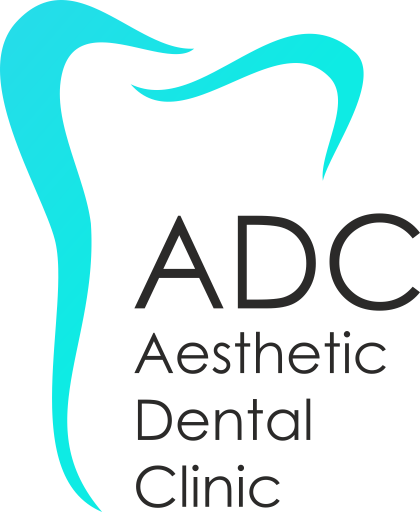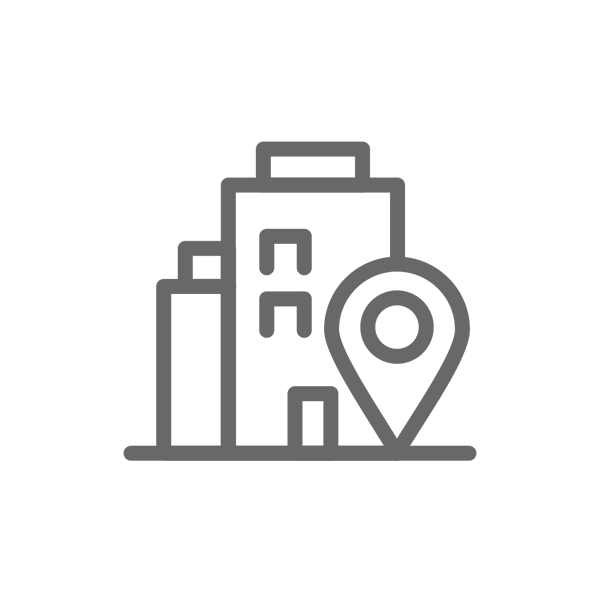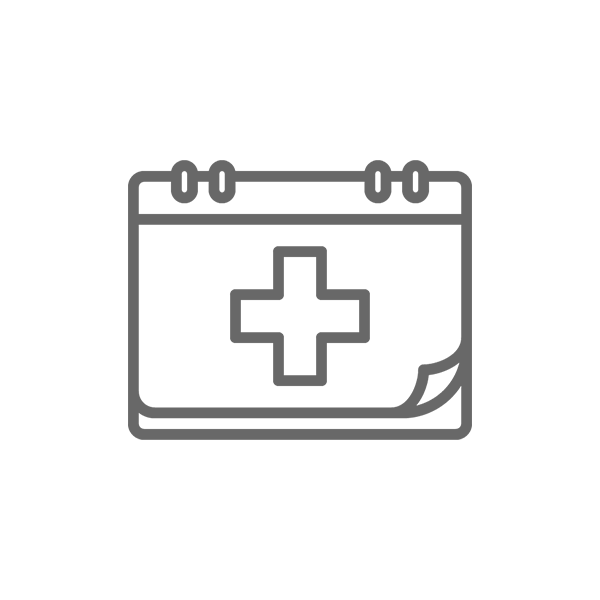Treatment of Sleep Apnea With a Mouth Splint
Treating Obstructive Sleep Apnea (OSA) in those who have it is of utmost importance due to the many risks associated with this disorder. People with OSA stop breathing many times during the night due to natural airway obstructions. As a result, they often experience fatigue during the day, headaches, concentration problems and other symptoms. These symptoms can affect their work life, relationships and their ability to drive safely. People with OSA also face an increased risk of stroke, heart attack, and high blood pressure, among other problems.
The “golden” treatment offered to people with OSA is continuous positive airway pressure (CPAP) therapy, which involves blowing air into the airway to keep it open during sleep. Although CPAP therapy it is extremely effective, some people find it difficult to tolerate it.
There are specific studies in America on continuous positive airway pressure (CPAP) therapy that show that:
- After 6 months 50% use them for more than 4 hours.
- After 5 years only 17% use them for more than 4 hours.
In these cases, other treatments such as Mandibular Advancement Devices (MAD) are recommended. Where it has been found based on the same studies that:
- Because they are more convenient than PAP devices, patients get used to them and wear them more easily.
- 50-80% continue treatment within 2 years.
- 56% continue to wear MAD after 5 years.
MAD are devices placed in the mouth to help keep a person’s airway open while they sleep. Two types of Oral Appliances are generally used for adults with OSA and a third is available for children with OSA. Oral Splints are manufactured and tested by specially trained Dentists.
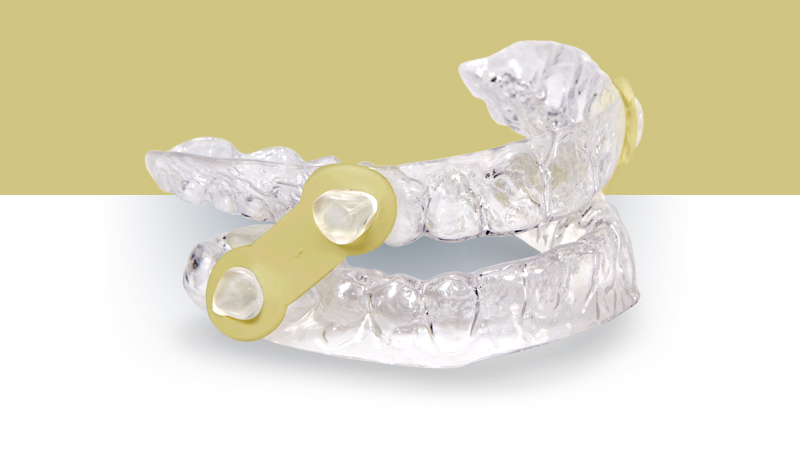
At Dental Galani there are specially trained Dentists for Sleep Apnea, and they can guide the patient properly to improve the quality of his sleep.
Although these devices may reduce snoring, they are different from the usual anti-snoring devices, many of which have not been studied as OSA treatments.
Because they help reduce the physical obstruction of the airway, MAD are not used to treat central sleep apnea (CSA). People with CSA experience delays or interruptions in breathing as they sleep, due to problems with the signal the brain sends to the breathing muscles, not due to natural blockages in the airways.
Types of Oral Appliances
- Mandibular Advancement Device (MAD)
A Mandibular advancement Device is attached to both upper and lower teeth in order to propel or move the jaw forward. Sometimes called mandibular advancement splints (MAD), this type of device helps open the upper airway by moving the base of the tongue forward. This oral appliance is designed to be placed at bedtime and then removed in the morning.
MADs look like a mouth guard and can be adjusted to precisely fit the patient’s mouth. These devices come in many variations in terms of materials, shape and color. Some are one-piece appliances, while others have two separate pieces for the upper and lower teeth. 2-piece appliances are generally connected in some way and some are adjustable in how much they advance the jaw.
Research shows that MADs effectively treat OSA. In addition to reducing the number of apneas per night, these devices reduce snoring volume, snoring frequency, and daytime sleepiness. In general, MADs do not monitor usage or symptoms, as CPAP machines do, but there is research into “smart” MADs that monitor breathing and heart rate.
A MAD can cause some side effects, although they are usually not serious and pass very quickly. A person sleeping with a MAD device may initially find that they produce extra saliva or have a dry mouth. These symptoms generally go away over time.

- Tongue Stabilizing Device (TSD)
Tongue Stabilizing Devices (TSD), also called tongue retraction devices, pull the tongue forward using negative pressure. The tip of the tongue then sits in a plastic “bubble”, which protrudes through the lips. Moving the tongue forward is intended to help keep the base of the tongue from blocking the airway. These are usually fixed stock, one-size-fits-all appliances, but some can be adjusted to a person’s mouth.
Although TSDs have not been as widely studied as MADs, research suggests that they reduce breathing delays and improve daytime fatigue. However, studies show that up to 90% of people with OSA prefer MADs over TSDs.
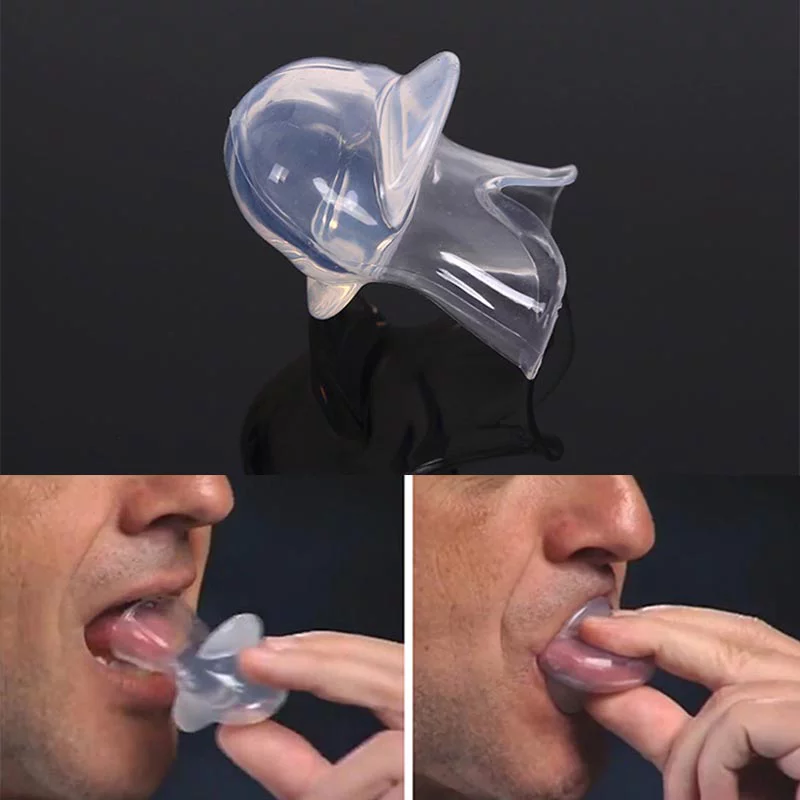
- Rapid Maxillary Expansion ( RME )
In children with AAH, the rapid swelling of the upper jaw (RME) is a potential orthodontic appliance treatment that opens the airway by widening the roof of the mouth. RME involves the use of a custom expander that fits over the upper back teeth. There are many types of expanders, but they all involve the use of pressure that pushes the upper molars sideways. Unlike other oral appliances, RMEs are worn all day, not just at night. Rather than temporarily clearing the airway, they aim to permanently adjust the jaw anatomy of children who have narrow or severely arched hard palates.
Studies show that RME reduces symptoms in most children and cures AAH in about 25% of children who take it. A review of multiple studies concluded that combining surgical procedures, such as tonsillectomy and adenoidectomy, with an orthodontic treatment such as RME is more effective than either type of treatment alone.
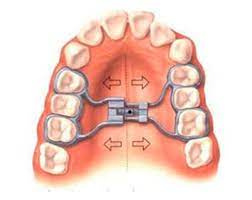
How does Oral Braces therapy work for the treatment of Sleep Apnea?
Oral appliance therapy treats sleep apnea by helping to clear physical obstructions from the upper airway. Mandibular advancement devices (MADs) help free the airway by moving the jaw forward, while tongue stabilization devices (TSDs) help free the airway by moving the tongue forward. In children, Rapid Maxillary Expansion (RME) appliances help free the airway by permanently widening the roof of the mouth.
Comparison of treatment with Oral Braces in relation to other treatment options for Sleep Apnea ?
Research shows that treatment with MAD generally do not treat Obstructive Sleep Apnea (OSA) as well as Continuous Positive Airway Pressure (CPAP) therapy. CPAP therapy outperforms both mandibular advancement devices and tongue detents when it comes to treating OSA. But this has to do with ideal conditions and only with the number of apneas, not with how convenient they are for the patient and how long a PAP device lasts during the night.
CPAP therapy is usually the first treatment option for OSA which is offered to adults due to its 95% effectiveness rate. However, oral appliances may be more effective in a real-world setting because some people are more likely to use them continuously. CPAP has a compliance rate of 17% after 5 years because some people cannot easily tolerate sleeping with a CPAP machine. However, mandibular advancement devices have an 80% compliance rate and many people report preferring them over CPAP .
Although tongue retainers appear to be as effective as mandibular advancement appliances, 90% of people prefer mandibular advancement appliances to tongue retainers. This preference likely explains why mandibular advancement devices are usually the second AAH treatment considered after CPAP .
In children, removal of the tonsils and adenoids is generally the first-line treatment for AAH because it is the most effective. CPAP therapy can help treat OSA in children, but compliance with CPAP is even worse in children than in adults. Orthodontic treatments such as rapid maxillary expansion can be very effective, either alone or in combination with surgery.
Oral Braces for Sleep Apnea for me ?
Experts recommend oral appliances for sleep apnea as a treatment for adults who cannot tolerate CPAP therapy and those who snore but do not have OAS.
A rapid maxillary expansion device may be considered as a treatment for children with mild or moderate OSA, those with severe OSA who have symptoms that persist after tonsillectomy and adenoidectomy, or children with OSA who have a markedly narrow or severely arched hard palate.
Talk to us at Galani Dentistry about Oral Braces for Sleep Apnea
Oral appliances may be a good option for you if you have been diagnosed with obstructive sleep apnea and have trouble using a CPAP machine . Instead of putting CPAP aside and going untreated, talk to our expert Dentists at Galani Dental about trying oral devices, such as a mandibular advancement device or a tongue retainer.
If you have a child with obstructive sleep apnea, talk to their doctor about oral appliances as a possible treatment. Although removal of the tonsils and adenoids is the standard treatment, sometimes an oral appliance may work instead or may be helpful after surgery if symptoms persist. People who use oral appliances may experience some side effects, such as discomfort or pain, dry mouth, excessive saliva, or adjustments to the positioning of the teeth.
